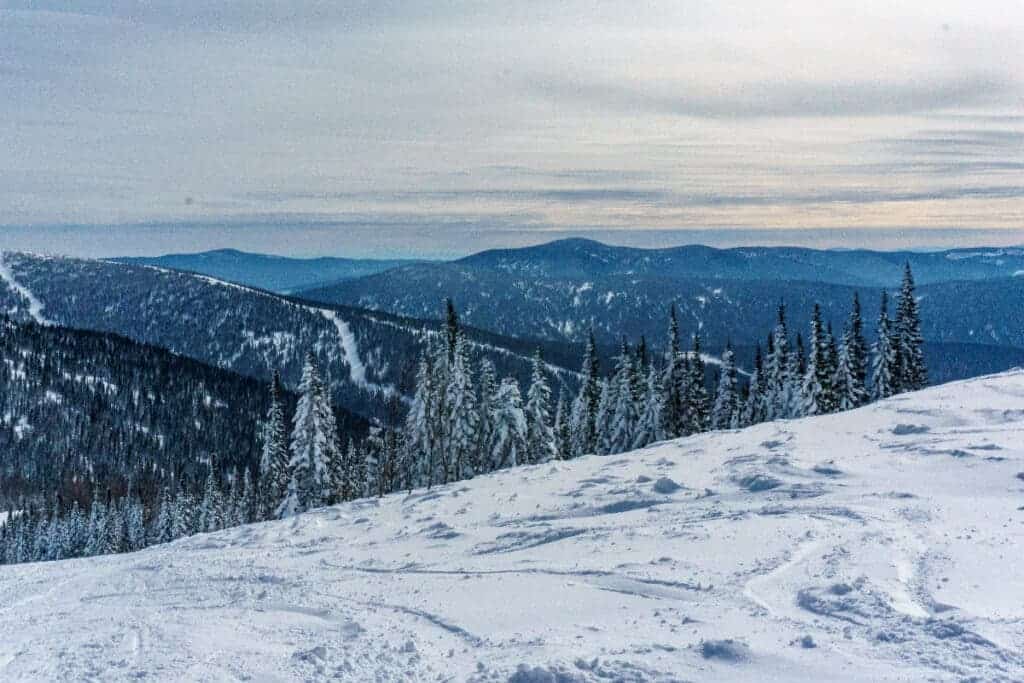The boreal biome, also called the boreal forest, snow forest, or taiga, is the largest land biome in the world, and it’s in a lot of trouble. According to recent satellite data, rising temperatures and high soil nitrogen levels are pushing the biome northward — but at some point, it will have nowhere left to go.

A biome is a general term used to classify an area based on the species that live there. Things like temperature, soil type, the amount of light, and water form distinctive characteristics that define the biome. The boreal biome covers most of Canada, Alaska, and the northern US, as well as most of the northern parts of Europe and Asia. Boreal areas account for about 23% of our planet’s forests, and they generally experience less pressure from human activities — largely because they’re so cold and inhospitable.
But these areas are also under threat, it’s just that the threat is less visible.
Two researchers from Northern Arizona University (ecologist Logan Berner and remote sensing expert Scott Goetz) used satellite imagery to analyze whether this biome is stable or if it’s shifting position. They used moderate resolution images from Landsat satellites, gathered from 1985 to 2019.
They looked at signs of greening on the north edge (signs that the biome is expanding to the north) and browning in the south (signs that the trees were withdrawing from the south). This isn’t the first time this method has been used, and previous studies using it have also suggested a shift northwards, but this work paints a more comprehensive and large-scale picture: without a doubt, the biome is moving northward. The study also offers clues as to why this is happening.

Researchers also isolated the effects of climate change, focusing on areas that moved northwards on their own, not on areas recovering from disturbances due to wildlife or logging (or being destroyed by other human activities). They also compared the results with a database of soil nitrogen levels. As northern areas heat up, they stimulate microbes to release nitrogen, which promotes tree growth, creating a feedback loop that encourages trees to move north.
“Our analysis provides evidence of extensive climatically linked vegetation changes along the warm and cool margins of the boreal forest biome that will have broad ecological and societal implications,” the researchers note.
This shift is a “systematic trend,” the study reads, but satellite data can’t capture all the changes the biome is undergoing.
“It will be essential to expand ground-based ecological monitoring, advance mechanistic ecosystem models, and further capitalize on satellite remote sensing assets like Landsat for improved mapping of forest extent, composition, and disturbance dynamics in recent decades,” the researchers conclude.
The study was published in Global Change Biology.






